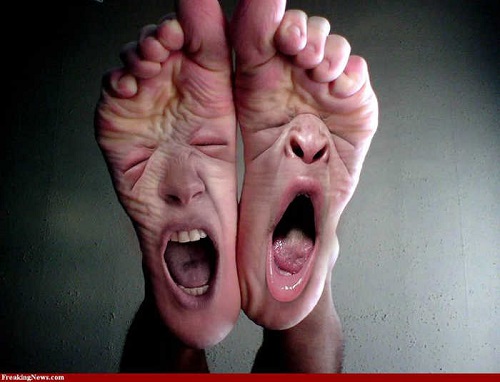FWP:
SETS == GROTESQUERIE
GAZE: {10,12}
For background see S. R. Faruqi's choices. For more on Ghalib's unpublished verses, see the discussion in {4,8x}.
ABOUT FORMALLY IDENTICAL UNPUBLISHED GHAZALS: This ghazal, {145}, is particularly interesting because at more or less the same time (c.1816) Ghalib also composed two other formally identical ghazals from which he did not choose any verses to include in his published divan. But from each of these two ghazals Faruqi has marked a number of verses as deserving special attention: from, five out of the six verses; and from , five out of the seven verses. In fact he has thus endorsed a higher percentage of verses from each of these two unpublished ghazals than from the official divan ghazal. (From {145} itself, there are the four divan verses, plus two that he has marked, for a total of six out of the ten verses.) There are also in these three ghazals a few other verses not chosen by either Ghalib or Faruqi that I find interesting and might normally have added here; but because there are already so many verses presented with {145}, I will refrain, and will consider other verses along with the whole set of unpublished ghazals.
There are only a few other cases in which verses from unpublished ghazals have been presented along with formally identical divan ghazals: {29} also presents four verses from ; {81} also presents three verses from ; {91} also presents two verses from . When I began this project, I thought that these few cases might be all the attention I would be able to devote to non-divan ghazals, so I presented them as illustrative. Since then, however, I have fortunately been able to go much deeper into the unpublished ghazals.
It's clear that in the ghazal world the gaze can have a 'foot' (so that it can 'travel' or 'wander' as it proverbially does). And if the foot sheds crystalline drops from round blisters when it encounters hard going, so the gaze can be said to do the same thing-- shedding crystalline tears from round eyes. It's grotesque, but in a sense it can be understood.
The foot also 'sleeps', in the sense that it won't rouse itself to proper movement and action. This is the sense in which one's fortune 'sleeps'; on this concept see {84,1}.
The gaze of weak ones can thus 'run around' in an 'exercise-field' the way a foot can (be made to) run around in an exercise-field for some kind of training. But in this case, the practice is done in the 'exercise-field of despair'-- and how does one train for despair? Especially if the training of the gaze is always liable to be interrupted (and thus 'put to sleep') by fits of tears-- the way an athlete's foot-training would be interrupted by the presence, and bursting, of blisters.
But what does it mean for a linear, active, 'foot'-like gaze to 'sleep in blisters'? Does the gaze actually curl up inside not one but a series of 'blisters', or tears? Does it take on the form of (tear-like) blisters? Is that se in the first line a causal postposition ('by means of, through, because of'), or is it short for jaise ('like, in the style of')? Since the line is so unvisualizable anyway, it's unusually hard to decide-- and hard to enjoy the ambiguities and the choices.
This is the kind of baroquely incoherent verse that quite rightly was not chosen for the published divan. I don't know why Faruqi marked it among his recommended choices (with red check-marks, in the copy of Gyand Chand that he gave me so long ago).

Asi:
The difficulty is that the tears of the wet eye are blisters because of which the gaze has gone to sleep. That is, that very tear-water, taking the gaze with it, is resting in the blisters. If this were not the case, then in the field of despair the gaze of weak ones does the work of a foot. And from this very foot he keeps gazing fixedly at this field.
== Asi, p. 239